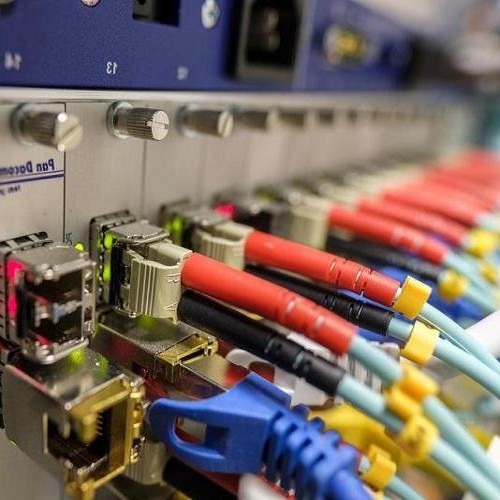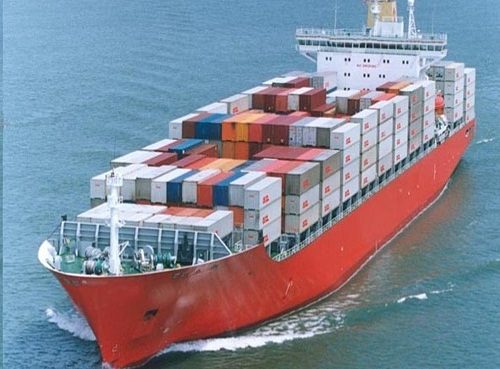The acute scarcity of fibre-optic cable has driven up costs and lead times of communications infrastructure initiatives all around the world.
The surge in demand for these materials and the supply chain disruptions caused by Covid-19 and the war in Ukraine have led to fibre costs rising by as much as 70 per cent since March 2021. While a fibre-kilometre was priced at $3.70 at the time, companies are now paying up to $6.30 for the same amount, according to market intelligence agency Cru Group.
“Given that the cost of deployment has suddenly doubled, there are now questions around whether countries are going to be able to meet targets set for infrastructure build, and whether this could have an impact on global connectivity,” stated Michael Finch, an analyst at Cru.
In addition to traditional telecoms players, Big Tech companies like Amazon, Google, Microsoft and Facebook proprietor Meta are also purchasing fibre-optic cables in large quantities, with a view to laying huge fibre networks below the ocean. At the same time, many governments have set bold targets for the rollout of superfast broadband and 5G, which relies heavily on fibre technologies.
The combined impact from all these elements has resulted in an 8.1 per cent increase in fibre- optic cable consumption. While China accounted for 46 per cent of the demand, the US represented the quickest rise, identified at 15 per cent 12 months on 12 months.
“In my professional career I’ve never seen anything like this inflationary crunch,” Wendell Weeks, chief government of Corning, the largest producer of fibre-optic cable on the planet, told the Financial Times.
The cost of helium, an important part of the manufacture of fibre-optic glass, has increased by 135 per cent over the last two years, due to outages in plants in Russia and the US. Meanwhile, silicon tetrachloride, one other key part in fibre manufacturing, is now 50 per cent more expensive than it was two years ago.
Martijn Blanken, CEO of Exa Infrastructure, a world digital infrastructure firm, stated fibre costs had elevated by a minimum of 20 per cent over the previous six months and that “in some cases it’s so erratic you need to check it by the day”.
“All of us are prioritising giving fastest delivery to our biggest customers,” added Ankit Agarwal, managing director of STL, one of the largest fibre suppliers in Britain.
Overall, fibre prices have reportedly reached their highest level since July 2019, according to Cru, although North America has been much less severely hit than Europe, China and India. Despite the disruptions, fibre providers have stated that they expect the shortage to soon be resolved.
Last month, data showed that high-speed fibre internet has overtaken cable to become the most common fixed broadband technology across the OECD’s 38 member countries.
Source: E&T










